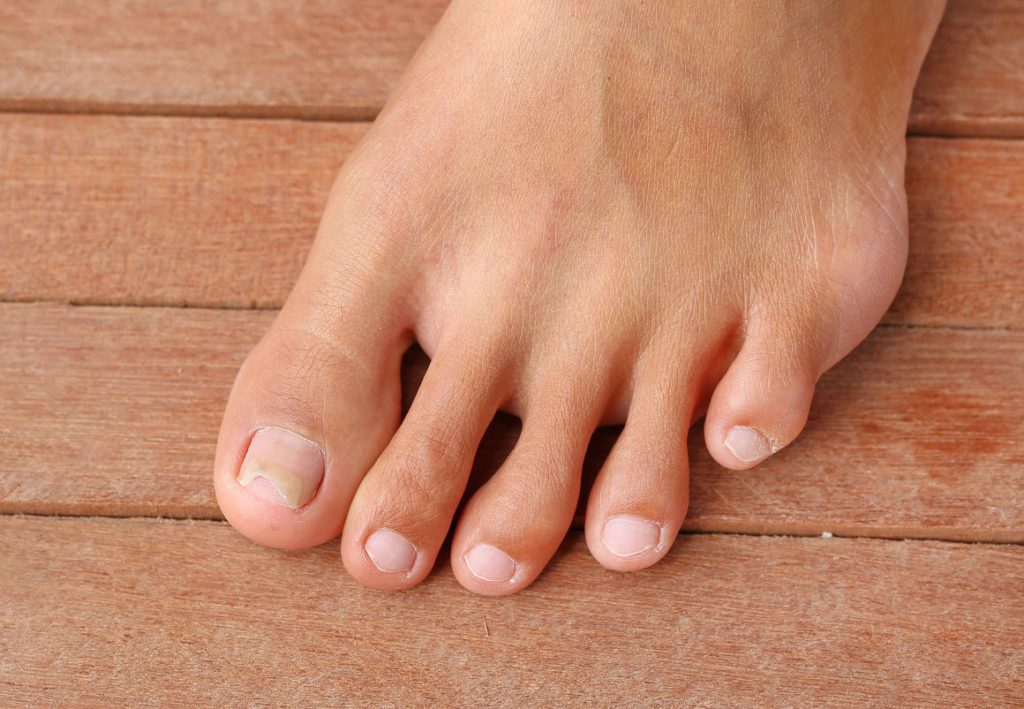Operating On An Ingrown Toenail | Technique, Recovery, & Complications
When the tip of a toenail curls into the flesh on the edge of a toe, it is an ingrown toenail results. Although it can happen on any toenail, it is most frequently seen anywhere along the big toe. Trauma, cutting the toenail excessively short, wearing tight-fitting shoes, or inherited conditions can all result in ingrown toenails. Inflammation and localized redness are some of the symptoms. In more critical situations, drainage and infection may also appear. Home therapies like topical antibiotic ointments and salt baths can be beneficial. Patients should visit a podiatrist to get it removed if discomfort persists or if there are any indications of an infection.
An in-office technique using local anesthesia is surgery for ingrown toenails. Usually, local anesthetic injected after two injections will administer near the base of the toe. The toe goes numb after ten to fifteen minutes. After becoming numb, your nail will clip using a special clipper for ingrown toenails. After that, the affected nail border will remove using tiny forceps. It is significant to observe that incurring section of the toenail will be removed. Its nail bed was cauterized and kept from happening again using a weak acid called phenol. Following the treatment, the toe is dressed softly and wrapped with an antibiotic cream.
How long does an ingrown nail procedure take to heal?

After having their ingrown toenails pulled, patients need to stay at home, elevate their feet, and refrain from moving around for the remainder of the day. It’s unnecessary to use crutches. The amount of elevation of the foot affects how much drainage and swelling take place. The bandage will remove the evening after the ingrown toenail operation, allowing regular washing to resume. Following the surgery, five minutes of lukewarm salt soaking either once or twice a day might assist reduced redness and swelling. Following surgery, a topical antibiotic ointment will be needed and administered daily to the toenail and protected with a bandage for at least two weeks.
What side effects can an ingrown toenail operation have?
Removal of an ingrown toenail seldom results in complications. Recurrence, nail constriction, thickness or discolouration, and infection are all possible side effects. The most common postoperative complication is undoubtedly the development of an ingrown toenail.
The surgery for ingrown toenails can cause the nail to be significantly thin, which may irritate some patients. Toenail thickening seems to be another potential problem. In this example, paronychia, a local infection treated with an oral antibiotic prescription, leads to disease, and anywhere along the nail bed, scarring can develop as a result of trauma on the nail and a thicker appearance.
If your ingrown toenail continues returning or doesn’t go away with home remedies, schedule an appointment with a podiatrist so they can inspect you and determine whether surgical removal is the best course of action for you.
